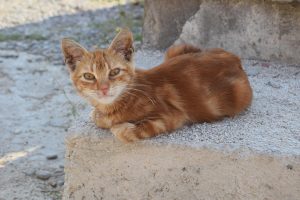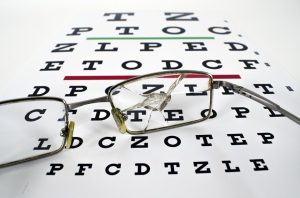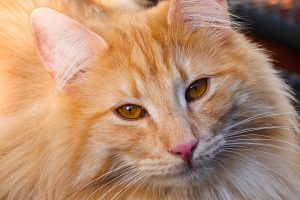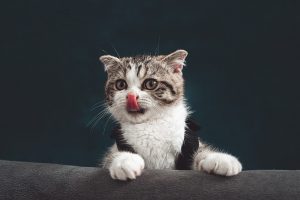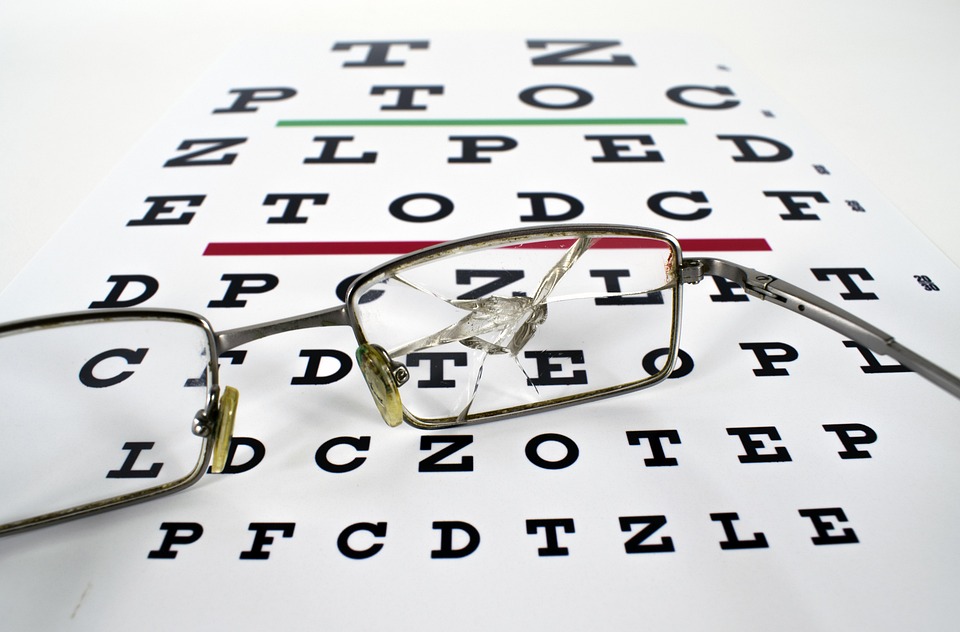
As a dedicated cat care and health expert, my mission is to offer actionable advice that will help cat owners ensure the well-being of their furry companions. One of the most prevalent issues cat owners face is managing their pet’s diet to prevent overeating. Overeating can lead to obesity, which is a significant risk factor for various health issues in cats, such as diabetes, arthritis, and heart disease. In this comprehensive guide, we will explore essential strategies for mastering portion control to keep your cat healthy and happy.
Understanding Your Cat’s Dietary Needs
The first step in mastering portion control is understanding your cat’s specific dietary needs. Cats are obligate carnivores, meaning their diet should be primarily composed of meat. They require a balanced intake of proteins, fats, vitamins, and minerals to thrive.
Consult Your Veterinarian
Before making any changes to your cat’s diet, it’s crucial to consult your veterinarian. They can provide personalized advice based on your cat’s age, weight, activity level, and overall health. Your vet can also help determine the ideal caloric intake for your pet.
Read Food Labels Carefully
Commercial cat foods come with feeding guidelines on their labels, which provide a starting point for portion control. However, these are general recommendations and may not suit every cat. Always consider your cat’s unique needs and adjust portions accordingly.
Implementing Effective Portion Control Strategies
Once you understand your cat’s dietary needs, it’s time to implement effective portion control strategies. Here are some actionable tips:
Use a Kitchen Scale
Investing in a kitchen scale can be a game-changer for portion control. Measuring your cat’s food by weight rather than by volume ensures greater accuracy and consistency. This is especially important for dry kibble, which can vary in density.
Regular Feeding Schedule
Establishing a regular feeding schedule helps regulate your cat’s appetite and metabolism. Feed your cat at the same times each day, dividing their daily caloric intake into two or more meals. This prevents overeating and reduces the risk of obesity.
Controlled Treats
Treats should make up no more than 10% of your cat’s daily caloric intake. Be mindful of the number and size of treats you offer. Opt for healthy, low-calorie treats and consider incorporating them into your cat’s regular meals to avoid excess calories.
Recognizing and Responding to Hunger Cues
Understanding your cat’s hunger cues can help prevent overeating. Here are some signs and how to respond:
Behavioral Cues
Some cats may meow, follow you around, or paw at their food bowl when hungry. While these behaviors can indicate hunger, they can also be signs of boredom or attention-seeking. Ensure your cat has plenty of mental and physical stimulation to avoid mistaking these cues for hunger.
Body Condition Score
Regularly assess your cat’s body condition score (BCS) to determine if they are maintaining a healthy weight. A BCS chart, available from veterinarians, can help you visually assess your cat’s body fat and muscle mass. Adjust feeding accordingly.
Preventing Overeating in Multi-Cat Households
Managing portion control in a multi-cat household can be challenging, but it’s crucial for preventing overeating.
Separate Feeding Areas
Provide each cat with a separate feeding area to ensure they receive their appropriate portion without competition or stress. This prevents one cat from overeating and allows you to monitor each cat’s food intake.
Microchip-Activated Feeders
Consider using microchip-activated feeders for precise portion control. These feeders only open for a specific cat based on their microchip, ensuring that each cat receives their designated portion.
Long-Term Health Benefits of Portion Control
Implementing portion control offers several long-term health benefits for your cat:
Weight Management
Maintaining a healthy weight through portion control reduces the risk of obesity-related diseases, such as diabetes, heart disease, and joint problems.
Improved Digestion
Feeding appropriate portions promotes better digestion and nutrient absorption, leading to improved overall health.
Increased Lifespan
Cats maintained at a healthy weight with proper portion control tend to live longer, healthier lives, allowing you to enjoy more time with your beloved pet.
Conclusion
Mastering portion control is essential for preventing overeating and ensuring the health and wellness of your cat. By understanding your cat’s dietary needs, implementing effective portion control strategies, recognizing hunger cues, and managing feeding in multi-cat households, you can help your cat achieve and maintain a healthy weight. Always consult your veterinarian for personalized advice and regularly assess your cat’s body condition score. With these strategies in place, you can enjoy a happy, healthy life with your feline friend.
#ChatGPT assisted in the creation of this article.


